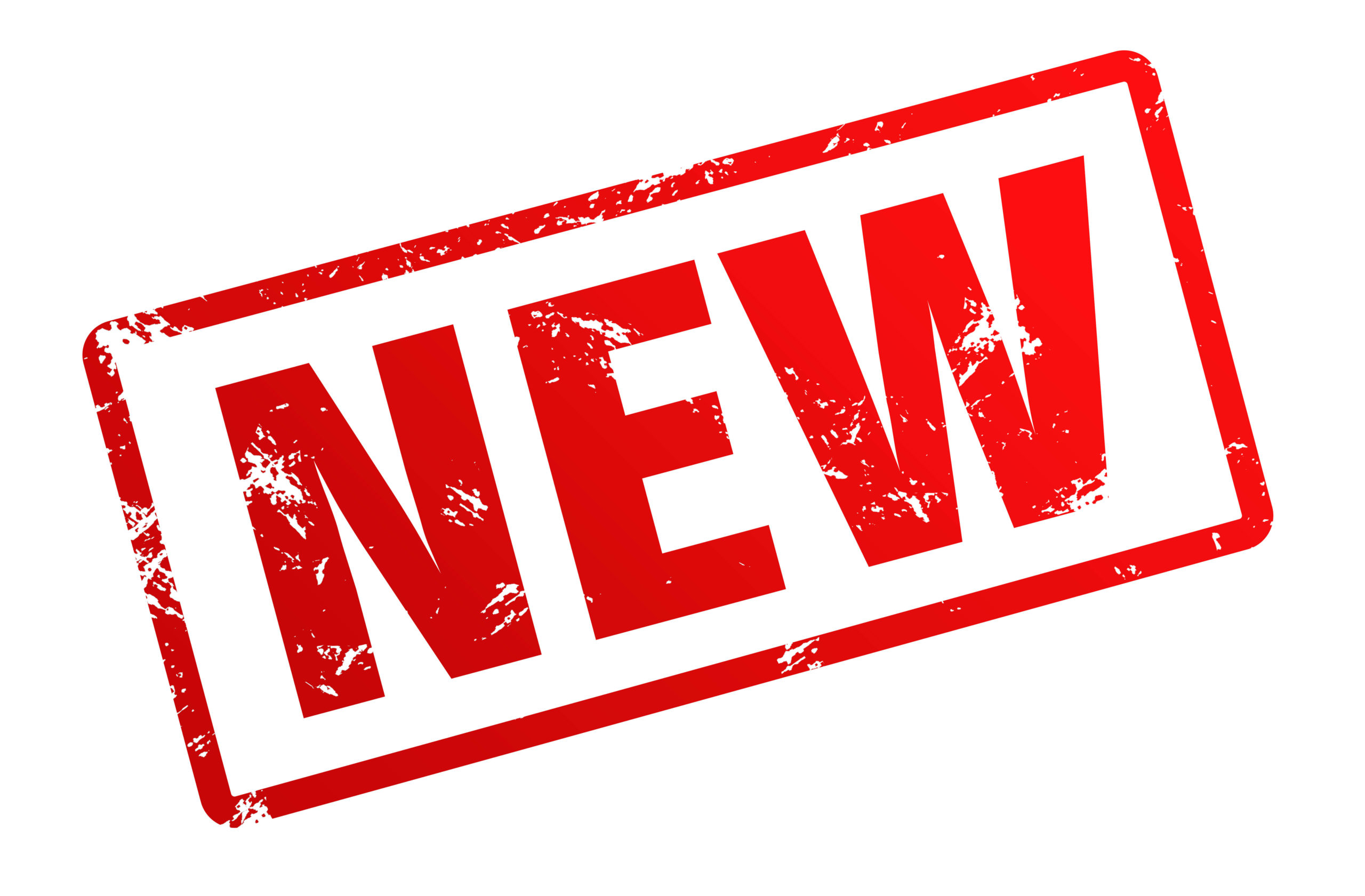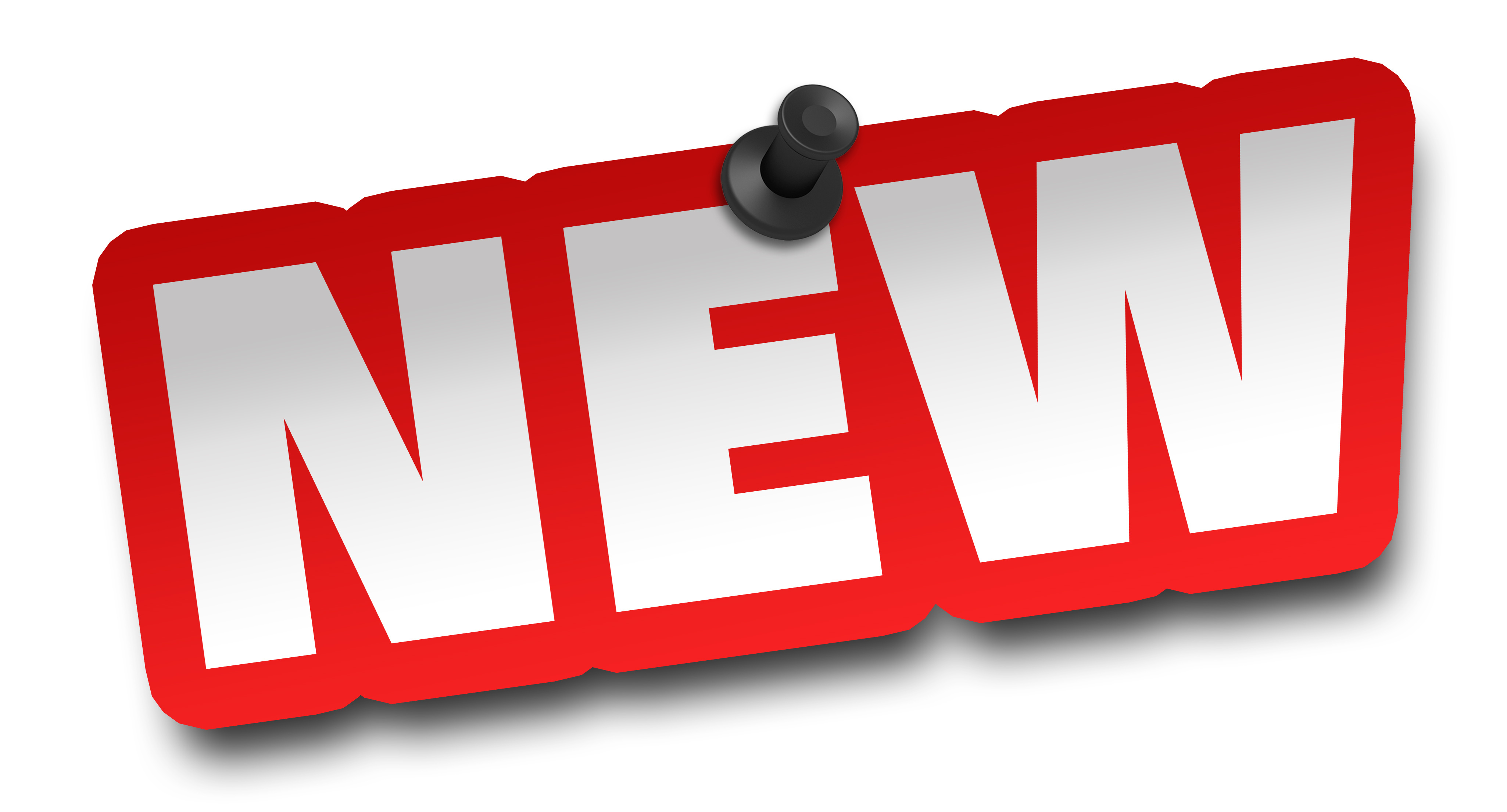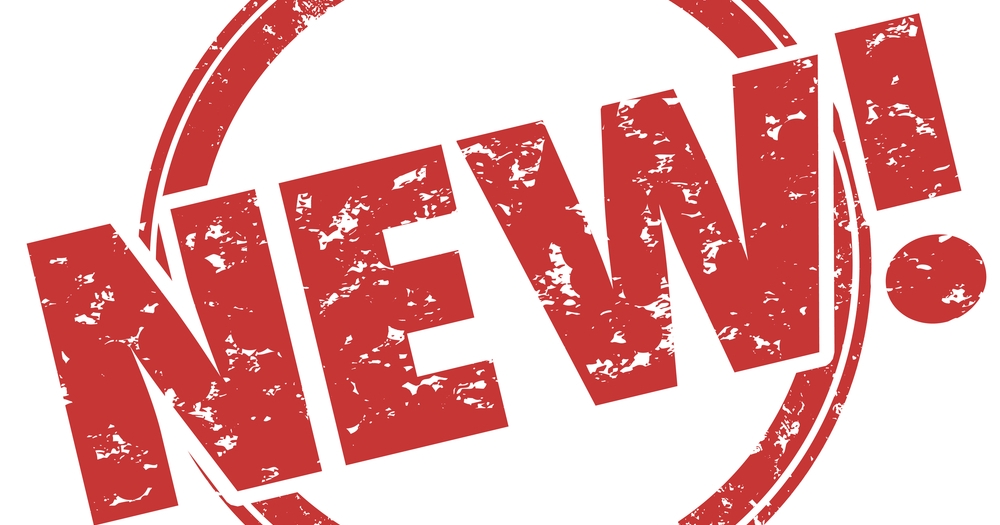New Orleans Attack Twitter - What Happened
When troubling events unfold, particularly those that shake a community, people often turn to social platforms for immediate updates and shared experiences. This was very much the case during the New Orleans incident, where news and reactions spread like wildfire across social media, particularly on Twitter. It became a primary spot for folks to get a sense of what was going on, and, you know, to share their thoughts and feelings about it all as it happened, almost in real time.
People in the area, and even those far away, used the platform to look for information, offer help, or just to try and make sense of the situation. It was a place where official announcements sometimes mingled with personal accounts, creating a very mixed picture of the unfolding circumstances. So, it became a really central point for communication, especially when traditional news sources might have been a little slower to catch up with every single detail.
This discussion will look at how Twitter played a part during the New Orleans attack, exploring how information moved around, what kinds of things people talked about, and how the platform itself was used by many different groups. We'll also consider, you know, some of the challenges that popped up when so much information, some of it perhaps not quite right, was being shared so quickly during a time of great concern.
- Cynthia Erivo Hair Loss
- David Smith Ex Husband Of Susan Smith
- Tia Mowry Haircut
- Did Trump Post He Hates Taylor Swift
- Bobby And Jill Zarin
Table of Contents
- How Did the New Orleans Attack Twitter Narrative Begin?
- The Initial Wave of New Orleans Attack Twitter Posts
- What Role Did Eyewitnesses Play on New Orleans Attack Twitter?
- How Did Official Sources Use New Orleans Attack Twitter?
- The Spread of Information and Misinformation on New Orleans Attack Twitter
- Community Response and Support Through New Orleans Attack Twitter
- Examining the Long-Term Impact of New Orleans Attack Twitter Discussions
- Lessons Learned from the New Orleans Attack Twitter Experience
How Did the New Orleans Attack Twitter Narrative Begin?
The first hints of something amiss usually appear as very short messages, often from people who are right there when an event starts. These early posts about the New Orleans attack on Twitter were, you know, a mix of questions, observations, and sometimes even sounds or images that suggested something was wrong. It's almost like a ripple effect, where one person's quick message leads to another, and then another, as more people notice what's happening. These initial bursts of activity tend to be quite fragmented, like little pieces of a puzzle, but they quickly build into a larger picture as more details come out. People often try to confirm what they are seeing or hearing, perhaps asking others if they are experiencing the same thing. This very first wave of information, though often incomplete, is what truly kicks off the public conversation on the platform.
The Initial Wave of New Orleans Attack Twitter Posts
When something unexpected happens, the immediate reaction on a platform like Twitter is often a flurry of quick posts. For the New Orleans attack, Twitter saw people sharing what they were seeing or hearing, sometimes with a picture or a very short video. These posts were often raw, a little emotional, and perhaps not fully confirmed. You know, someone might tweet about a loud noise, or a lot of emergency vehicles, without knowing the full story. This initial sharing is really what gets the ball rolling, as it attracts attention and prompts others to look for more information. It's a bit like a sudden burst of activity, where everyone is trying to figure out what's going on, and their posts reflect that immediate, unedited feeling. This early content, while perhaps not always completely accurate, sets the stage for the wider discussion that follows.
What Role Did Eyewitnesses Play on New Orleans Attack Twitter?
Eyewitnesses, those who were physically present or very close to the events, played a truly significant part in shaping the early information about the New Orleans attack on Twitter. Their direct observations, often shared in real-time, gave people outside the immediate area a sense of the unfolding situation. They might have posted a quick picture of something they saw, or simply described what they heard or felt. These personal accounts, while sometimes difficult to verify quickly, provided a ground-level view that official reports might not have had right away. It's almost like having many eyes and ears on the scene, each contributing a small piece to the overall narrative. Their posts often came with a sense of urgency, which really helped convey the seriousness of the moment to a wider audience. So, in many ways, their contributions were very central to how the story first came out.
- Susan Boyle Today 2024
- Chase Wright Brittany Norris
- Amanda Perterson
- Aurora Culpo Plastic Surgery
- George Foremans Childrens Names
How Did Official Sources Use New Orleans Attack Twitter?
As the situation regarding the New Orleans attack became clearer, official bodies, like local police, fire departments, and city government, started to use Twitter to get their messages out. They would post updates, offer guidance to the public, and try to correct any wrong information that was spreading. This was, you know, a very important way for them to talk directly to a large number of people very quickly. They might share instructions on what to do, or where to go for help, or simply confirm details about the incident. It’s pretty clear that these official accounts became a trusted point of reference for many people looking for reliable news. They often used a somewhat more measured tone, trying to provide calm and factual updates amidst what might have been a lot of panic or confusion. This use of the platform by official voices is really key during a crisis.
The Spread of Information and Misinformation on New Orleans Attack Twitter
During a fast-moving event like the New Orleans attack, Twitter becomes a place where information, both true and not quite right, can spread incredibly quickly. People are looking for answers, and they tend to share whatever they find, sometimes without checking if it's accurate. This means that alongside helpful updates, things that aren't true or are just rumors can also get passed around very fast. It's a bit of a challenge, because while the speed of sharing can be a good thing for getting real news out, it also makes it harder to stop the spread of things that might cause more worry or confusion. So, you know, it's a double-edged sword in a way, where the platform's ability to connect people instantly also means that less reliable content can gain traction before it can be corrected.
Community Response and Support Through New Orleans Attack Twitter
Beyond just sharing news, Twitter also became a hub for community support during the New Orleans attack. People used the platform to offer help, to find missing loved ones, or to simply share messages of comfort and solidarity. You know, you'd see people tweeting about places offering shelter, or asking if anyone had seen a particular person, or just sending out general well wishes. It was a very powerful display of people coming together, even if they were physically apart. This kind of collective action, facilitated by the platform, showed how it can be used for more than just news updates. It allowed for a kind of digital gathering, where folks could support each other during a difficult time, which is something pretty special to see unfold.
Examining the Long-Term Impact of New Orleans Attack Twitter Discussions
The discussions on Twitter about the New Orleans attack didn't just stop once the immediate crisis passed. They actually continued for quite some time, shifting from immediate updates to more thoughtful conversations about what happened, why it happened, and what might be done differently in the future. People continued to share their experiences, sometimes reflecting on the emotional toll, or discussing the community's recovery efforts. This ongoing dialogue on Twitter helps to keep the memory of the event alive, and, you know, it also serves as a sort of public record of how people felt and reacted. It’s interesting to see how these online conversations can shape public opinion and even influence how a community heals and moves forward after such a difficult time. So, the impact of these digital talks can stretch out for quite a while.
Lessons Learned from the New Orleans Attack Twitter Experience
Looking back at how Twitter was used during the New Orleans attack, there are definitely some key takeaways. One important lesson is about the need for official sources to be very clear and very quick in their communication. When they don't, other, perhaps less accurate, information can fill the void. Another point is how important it is for people using the platform to think a little before they share things, especially during a crisis. It's about being responsible with the information you put out there. You know, the event really showed both the amazing power of social media to connect and inform, but also its potential for spreading confusion if not handled with care. These kinds of experiences help us understand how these platforms work best, or sometimes not so well, when things are really intense.
- Chase Wright Brittany Norris
- John Marshall Joan Van Ark
- David Smith Ex Husband Of Susan Smith
- Below Deck Nathan And Gael
- Bobby And Jill Zarin

What should you look for in a New Online Bingo Sites

Parks & Recreation | City of Southfield

Image Gallery: TBI Launches New Chicago HQ